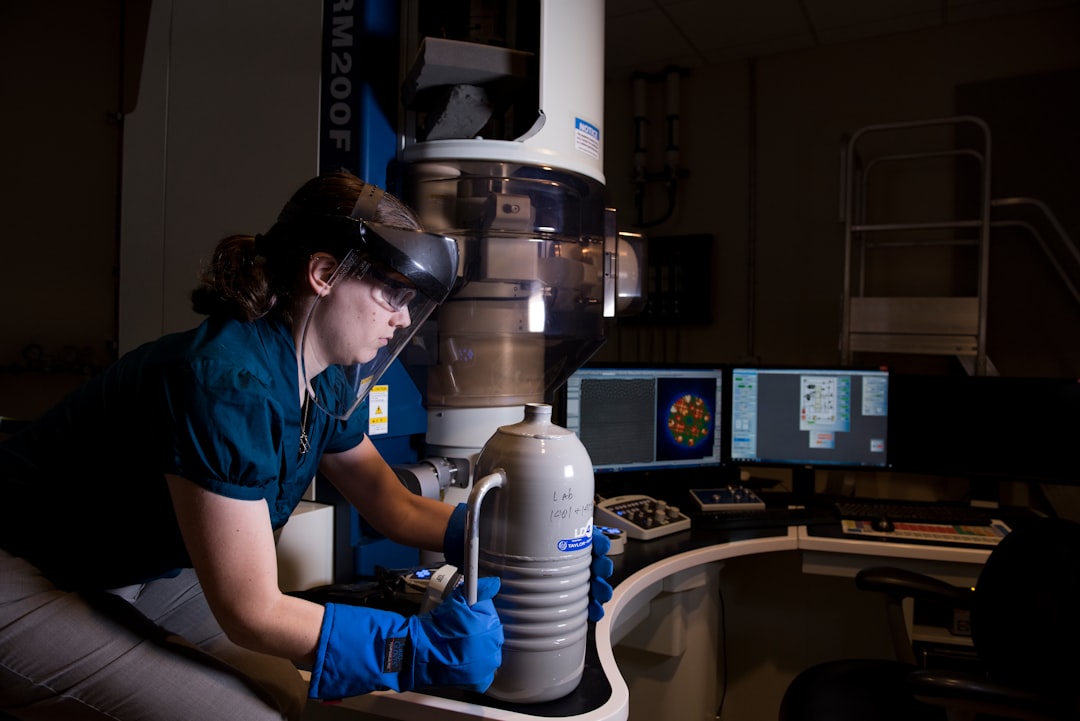What is it about?
It is technically difficult to collect airborne virus particles using common air samplers. Main reasons are the small sizes and masses of viruses result in inadequate momentum in moving airstreams that are pulled into active samplers; the viruses do not deviate from the airstream and pass into exhaust stream. One way to remedy this is by increasing the net diameter of airborne viruses by adding water molecules to their outsides. This can be done through condensation; when temperature is changed in the presence of saturating amounts of water, condensation occurs.
Featured Image
Why is it important?
So far, it has not been easy to assess the biothreat posed by airborne viruses because it has been hard to detect them. Moreover, the air we breathe is full of viruses (from animals, plants, humans, animals, etc.) but not all the viruses are viable ('live') or are human pathogens. So mere detection does not provide adequate information regarding potential for biothreat through inhalation. Our process not only collects airborne viruses effectively, it maintains the viability of the viruses (which are often inactivated by other methods). If the collected viruses are human pathogens and shown to be viable, they are certainly a potential biothreat.
Perspectives
Having an adequate tool for the collection of airborne viruses, and maintenance of their viability, is important for true biothreat analyses not only for infection control purposes, but also for various other applications (assessments of microbial air quality, etc.).
Dr. John A Lednicky
University of Florida
Read the Original
This page is a summary of: Highly efficient collection of infectious pandemic influenza H1N1 virus (2009) through laminar-flow water based condensation, Aerosol Science and Technology, April 2016, Taylor & Francis,
DOI: 10.1080/02786826.2016.1179254.
You can read the full text:
Contributors
The following have contributed to this page










